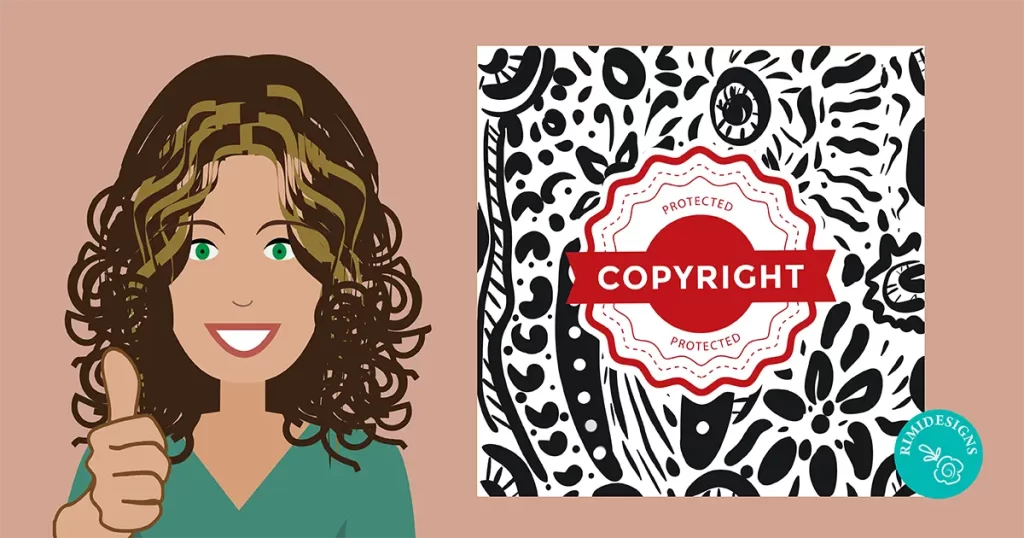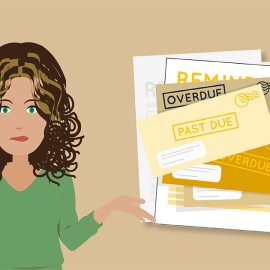
Protecting Your Freelance Design Work From Copycats
As freelance designers, getting your work seen by as many people as possible is paramount to your success. Putting your work out there for future clients to view is one of the smartest things you can do, but this method of self-promotion does come with one big hang-up: design theft.
The scariest part of online theft is that you don’t know when it happens and often have no clue that someone has unsubtly copied your hard-earned ideas. However, there are ways to protect yourself and your work.
Here’s 4 tips to keep the copycats at bay.
1. Know your stuff
Often when a freelance designer sees that their work has been stolen, they will huff and puff and simply go back to the drawing board.
This is the worst thing you can do. Your work belongs to you and while not everything you do as a freelance designer falls under intellectual property, the vast majority of it does.
So, when working with a client, before you start, make sure that you are not “ghost” designing.
Also, reading up on intellectual property laws is an excellent way to make sure that whoever decides to steal your idea, won’t get away with it.
2. Leave your mark
Building a profile online will help any freelance designer to get work. It’s what the clients see and it shows that you are not only a skilled worker but also serious about your job.
Unfortunately, this means that you will often have to put your stuff on public portfolio sites and forums. The best way to do this and feel safe is simple. Leave your mark!
You can use a watermark or you can put your initials, website address or signature on your work, so everyone knows that your work belongs to you.
3. Dates and times
A great tip is to screenshot your work with a visible and valid date and timestamp. This may seem futile but can come in handy when having to prove or disprove ownership of your work.
It’s always good to cover all bases and having a folder filled with screenshots of your work and dates and times will go a long way in showing online thieves that you are not to be messed with and that you have the tenacity and patience to claim what is rightfully yours.
4. Licensing
The easiest way to take charge of your intellectual property online is to licence and copyright your work. There are many different forms of licensing, from the lenient to the incredibly strict, but all forms give you an ideal amount of protection.
Before you publish your work online or even give it to a prospective client, look into licensing it. Being protected at the very first step will ensure that you will not be a victim of theft and if someone becomes “inspired” by your work, you will justifiably receive credit.
The life of a freelance web designer can be challenging when it comes to theft, but as long as you have the knowledge to defend yourself, you will find yourself and your work well-protected at all times.
SOURCE: Freelancers Union



